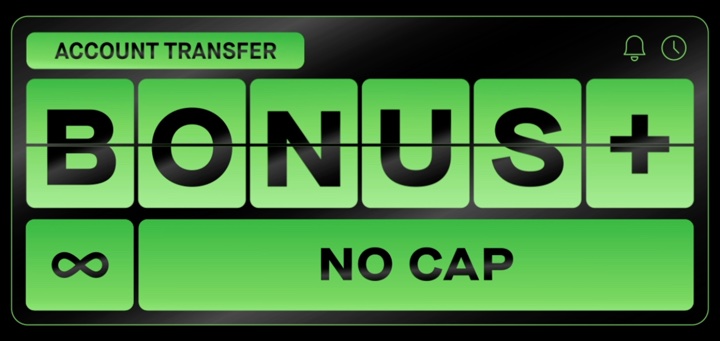
Offer is back, new deadline is June 28th. Robinhood has brought back their 1% ACAT Transfer bonus of a flat 1% of the transferred amount with no cap. That means a transfer of $10,000 in asset value from an external brokerage account will earn a $100 bonus, a $100,000 transfer will earn a $1,000 bonus, and a $1,000,000 transfer will earn a $10,000 bonus. The bonus should arrive about 2 weeks after the completed transfer, but note that you must keep the assets there for 2 years otherwise they will claw it back. Here is the full PDF fine print. Here is the online FAQ.
For eligible Robinhood customers who complete an ACATS transfer within the Offer Period, Robinhood will deposit 1% of the net transferred asset value to the customer’s Brokerage Account, subject to a two-year earn-out as discussed below. “Net transferred asset value” is the total value of the initiated ACATS minus the value of any outflows from April 30, 2024 at 12:00:00 AM ET until the ACATS is settled, excluding outflows that led to a chargeback. The Bonus will be provided within approximately two weeks from when the customer’s eligible ACATS transfers are completed. The Offer Period begins April 30, 2024 and ends June 28, 2024; however, Robinhood may change these dates at any time without notice. Transferred assets are eligible if they are initiated during the Offer Period.
As with all similar ACAT transfer offers, you can transfer over your existing stock holdings and the cost basis should also transfer over with no tax consequences. You don’t have to move cash. You just keep your same old shares of Apple or Coca-Cola or S&P 500 index ETFs or whatever at a different broker. If you already wanted to hold cash, you could also own things like Treasury bill ETFs or ultra-short term bond ETFs and earn interest on top of the bonus, but in that case this bonus isn’t that great because you’re only getting 1% spread over two years.
I’ve explored some of my Robinhood concerns during their 3% IRA transfer promotion. Here is some of that same information copy-and-pasted here.
Robinhood doesn’t allow all asset types, so you can’t own mutual funds, individual bonds, and closed-end funds. Robinhood is not a full-featured brokerage firm. Here is the full list of what is and isn’t allowed. They support the following:
- U.S. exchange-listed stocks and ETFs
- Options contracts for U.S. Exchange-Listed Stocks and ETFs
- ADRs for over 650 globally-listed companies
This means that if you want to move your balance over to Robinhood, you will have to sell any mutual funds (or convert them to ETFs), individual bonds, brokered CDs, and so on. I converted my Vanguard mutual funds to ETFs, and it took 1-2 business days.
SIPC insurance limits and excess insurance. Robinhood is a member of the Securities Investor Protection Corporation (SIPC), which steps if a broker fails. Robinhood has also purchased additional excess SIPC insurance on the private market. From the Robinhood site:
Robinhood Financial LLC and Robinhood Securities, LLC are both members of SIPC, which protects securities for customers of its members up to $500,000 (including $250,000 for claims for cash). Explanatory brochure available upon request or at www.sipc.org.
We’ve purchased an additional insurance policy for Robinhood Markets, Inc., Robinhood Financial LLC, and Robinhood Securities, LLC to supplement SIPC protection. The additional insurance becomes available to customers in the event that SIPC limits are exhausted. This additional insurance policy provides protection for securities and cash up to an aggregate of $1 billion, and is limited to a combined return to any customer of $50 million in securities, including $1.9 million in cash. Similar to SIPC protection, this additional insurance doesn’t protect against a loss in the market value of securities.
From SIPC.org::
SIPC protects against the loss of cash and securities – such as stocks and bonds – held by a customer at a financially-troubled SIPC-member brokerage firm. The limit of SIPC protection is $500,000, which includes a $250,000 limit for cash.
Is SIPC a U.S. Government Agency?
No. SIPC is not an agency or establishment of the United States Government. SIPC is a non-profit membership corporation created under the Securities Investor Protection Act.
My brokerage firm has excess SIPC insurance. How does that work?
Excess SIPC insurance is insurance provided by a private insurer and not by SIPC. The insurance is intended to protect brokerage customers against the risk that customers will not recover all of their cash and securities in the proceeding under the Securities Investor Protection Act (SIPA). Under many of these policies, customer eligibility for recovery is not determined until after the SIPA liquidation of the customer’s brokerage firm has concluded and the amount of the customer’s recovery in that proceeding has been established.
Some people have concerns that Robinhood is a smaller company with a history of questionable judgment and violating securities regulations. Robinhood holds the current record for highest FINRA fine ever. As a result, you may choose to limit the amount transferred to Robinhood to under $500,000 in assets (and $250,000 cash) per eligible account type. Here are the different “capacities”. For example, you could have an individual taxable account, a traditional IRA, and a Roth IRA at Robinhood and each one would have $500,000 in coverage. I will be staying under these limits as well, but my IRA balance simply isn’t that big anyway.
Note that if you opt-in (or don’t opt-out) to Stock Lending during the account transfer or account opening process, any securities that are loaned out are no longer protected by the SIPC. This is usually offset by a promise of 100% collateral, but that assumes trust that Robinhood will post that collateral. See Gamestop short squeeze for a very recent example of Robinhood… not posting enough collateral. Therefore, I also don’t recommend Stock Lending with Robinhood.
Robinhood limitations on beneficiaries. Robinhood only allows a primary beneficiary who is an adult. That means no trusts, no minors, and no “per stirpes” instructions. See article.
Whom can I designate as my beneficiary?
To be eligible as a TOD or IRA beneficiary, the individual must be a person who is at least 18 years old, a US Citizen, or otherwise be legally permitted to open a Robinhood account.
Robinhood will also reimburse your transfer fees up to $75 if you transfer at least $7,500 worth of assets. After the transfer is completed, you must contact then via the live chat function and they will reimburse you after you upload a screenshot of the fee charged.
When you transfer out eventually, Robinhood does charge a $100 Outgoing ACAT fee. Ideally, there will be another broker to reimburse that fee in the future, but who knows. Here is their full fee schedule [pdf].
Customer service tips. Robinhood does not have a traditional phone number to reach customer service. You have to go the help section, search for a topic, and then look for the “Contact Us” button at the bottom of the page (presumably after you have read the canned answer and still need help). Then you can either have a Live Chat or request a Callback where they will call you back on the phone at a later time.
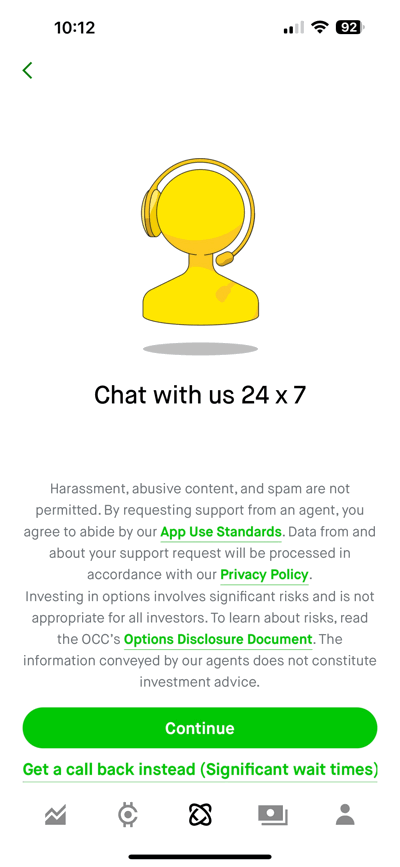
Security and Privacy tips. To access these settings on the iPhone app, click on the head/body icon on the bottom right, then the three lines icon on the top left, and then “Security and privacy”. On the plus side, Robinhood supports a variety of 2FA options: SMS, Device passkeys, and Authenticator apps. Scroll down further and you can also opt out of their data sharing.
Bottom line. Two years is a longer hold period than some other broker offers, but 1% of assets is still pretty solid overall and worth considering for transferring some buy-and-hold index funds where you don’t want to move them again for a while. (For example, you might get 0.4% of assets elsewhere, but also only have to keep it there for 90 days and be free to chase another bonus afterward.) Some people may also choose to consolidate their taxable brokerage accounts at Robinhood if they already took advantage of the 3% IRA offer. The deadline for this revived offer is currently June 28th, 2024. The bonus value will most likely be reported as taxable income on a 1099-INT as interest earned, but may also end up as 1099-MISC income. (I am reminded again how good the 3% IRA offer was, as the bonus was a non-taxable increase in your Roth IRA balance as compared to this 1% offer that is at best taxable ordinary income.)
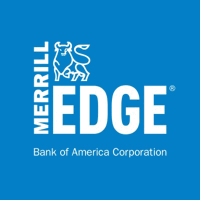
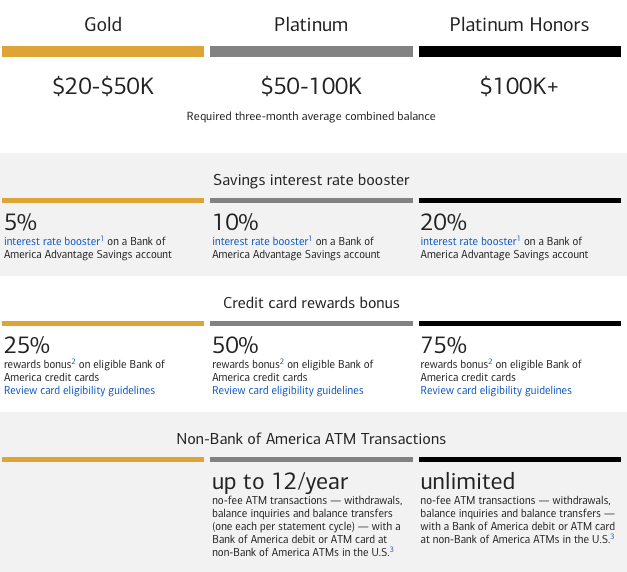

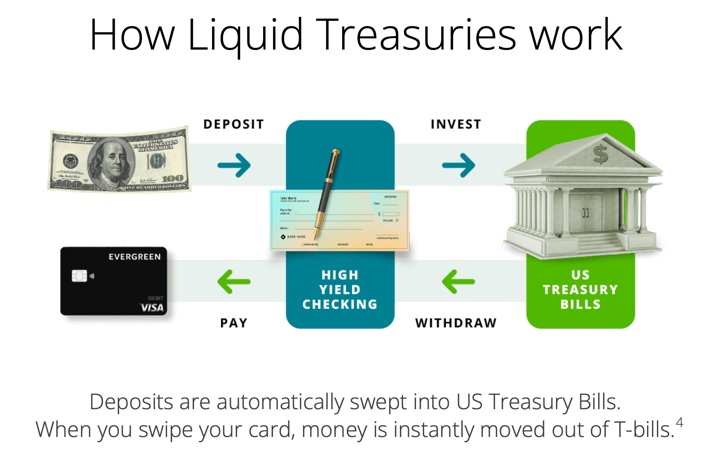

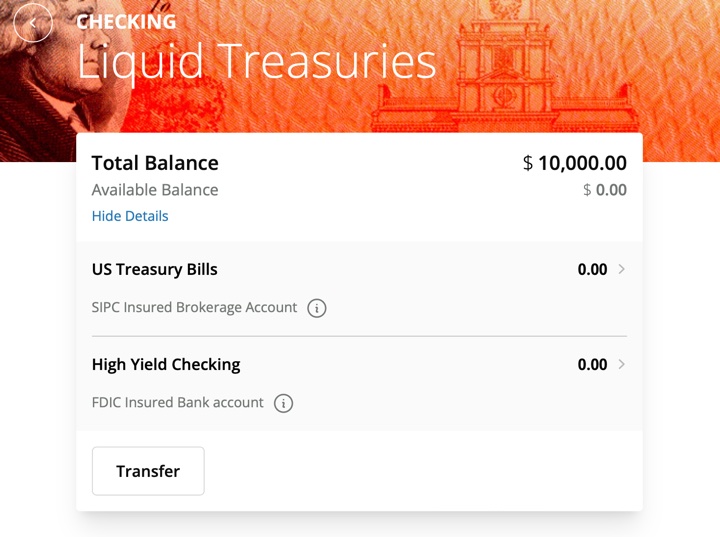
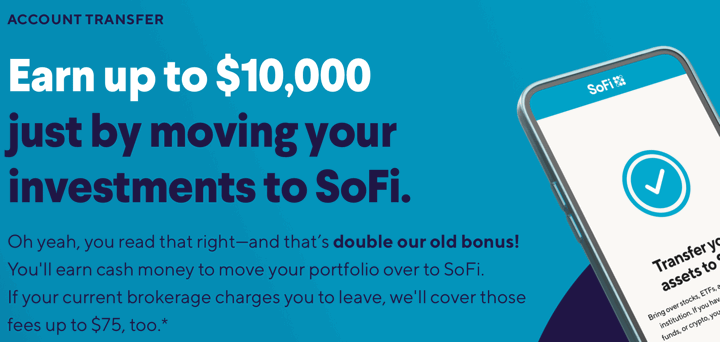


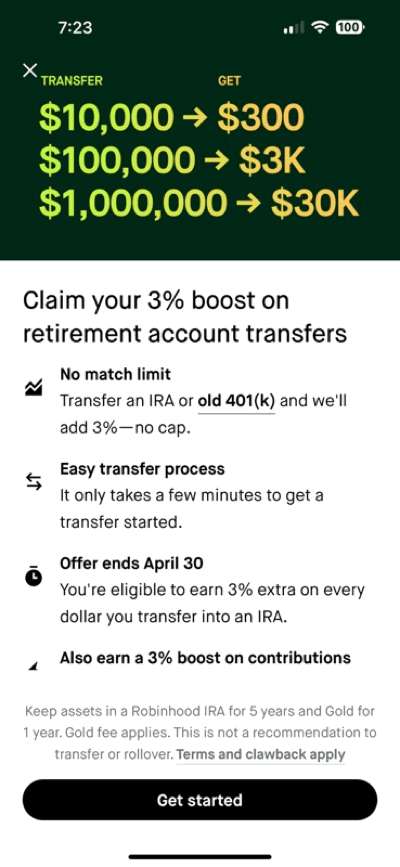
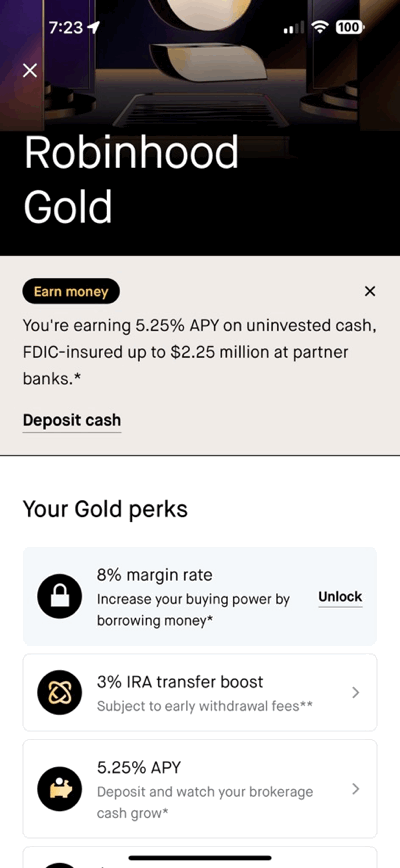
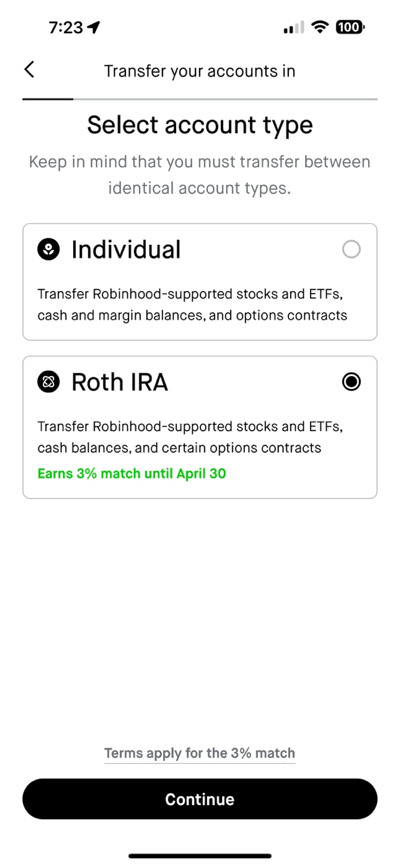
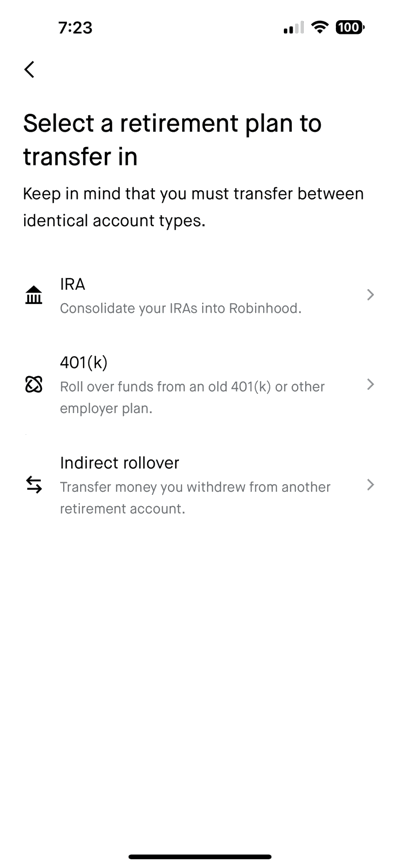
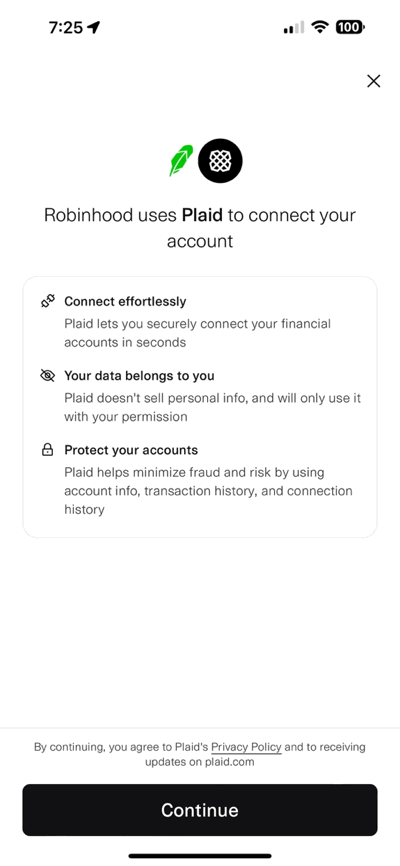
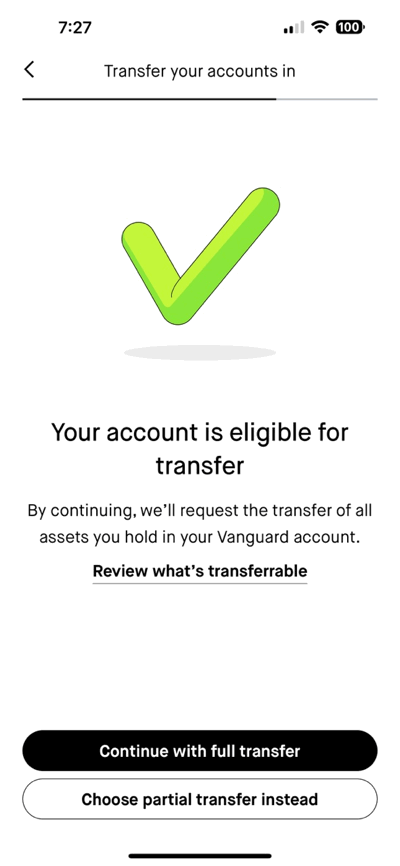
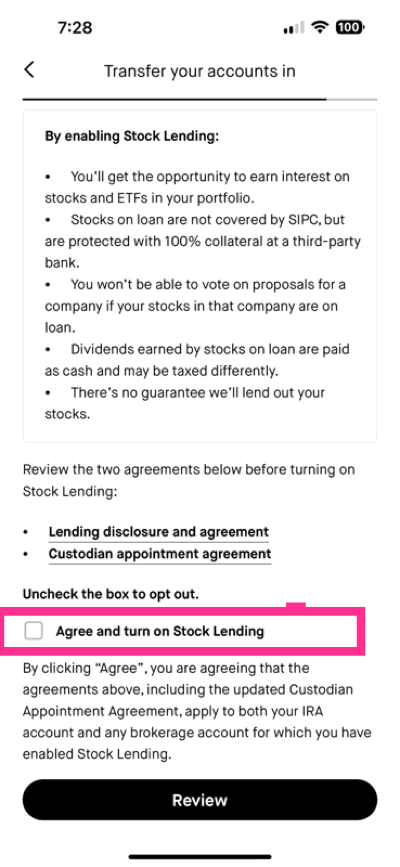


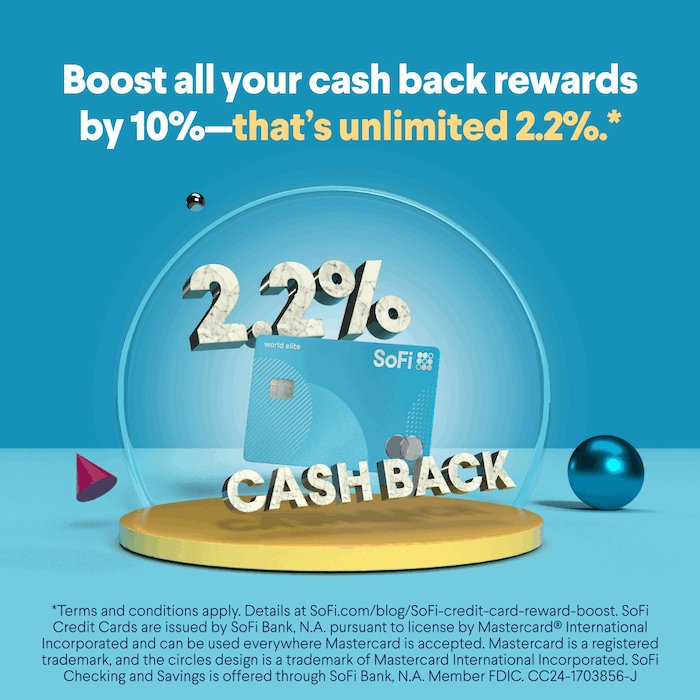

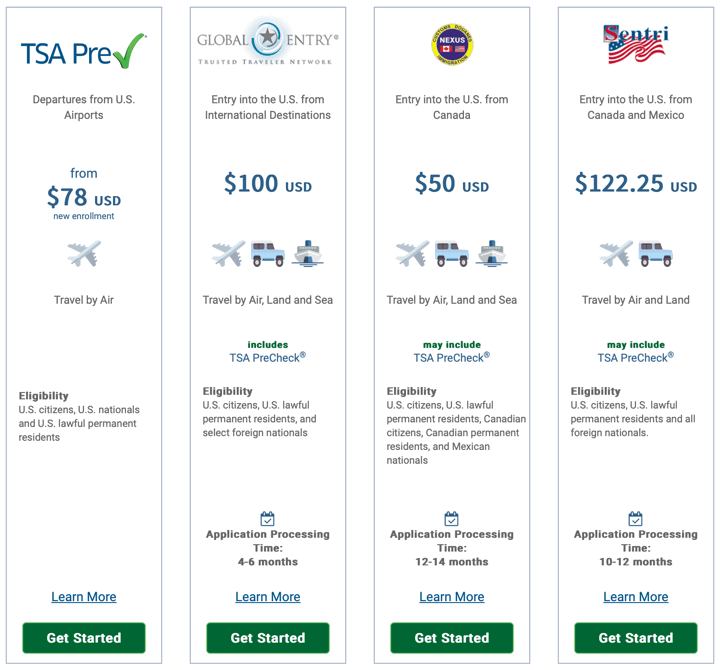


 The Best Credit Card Bonus Offers – 2025
The Best Credit Card Bonus Offers – 2025 Big List of Free Stocks from Brokerage Apps
Big List of Free Stocks from Brokerage Apps Best Interest Rates on Cash - 2025
Best Interest Rates on Cash - 2025 Free Credit Scores x 3 + Free Credit Monitoring
Free Credit Scores x 3 + Free Credit Monitoring Best No Fee 0% APR Balance Transfer Offers
Best No Fee 0% APR Balance Transfer Offers Little-Known Cellular Data Plans That Can Save Big Money
Little-Known Cellular Data Plans That Can Save Big Money How To Haggle Your Cable or Direct TV Bill
How To Haggle Your Cable or Direct TV Bill Big List of Free Consumer Data Reports (Credit, Rent, Work)
Big List of Free Consumer Data Reports (Credit, Rent, Work)